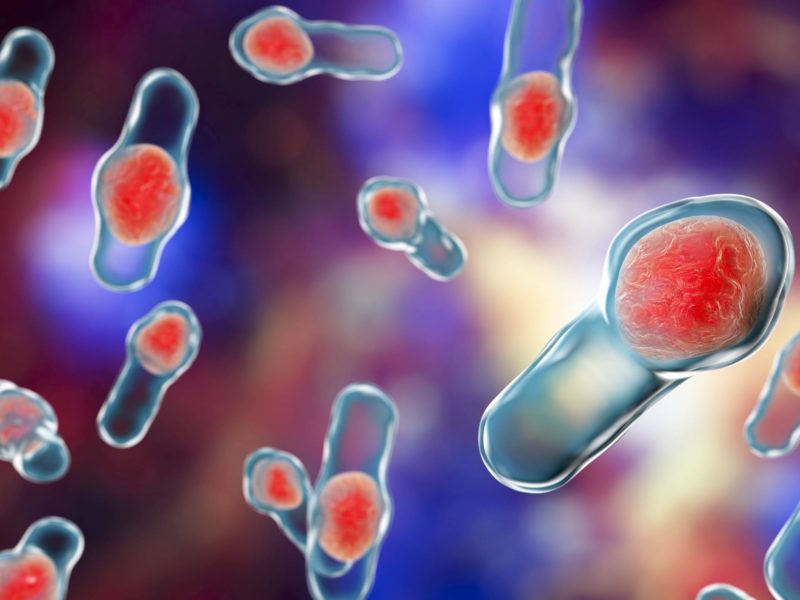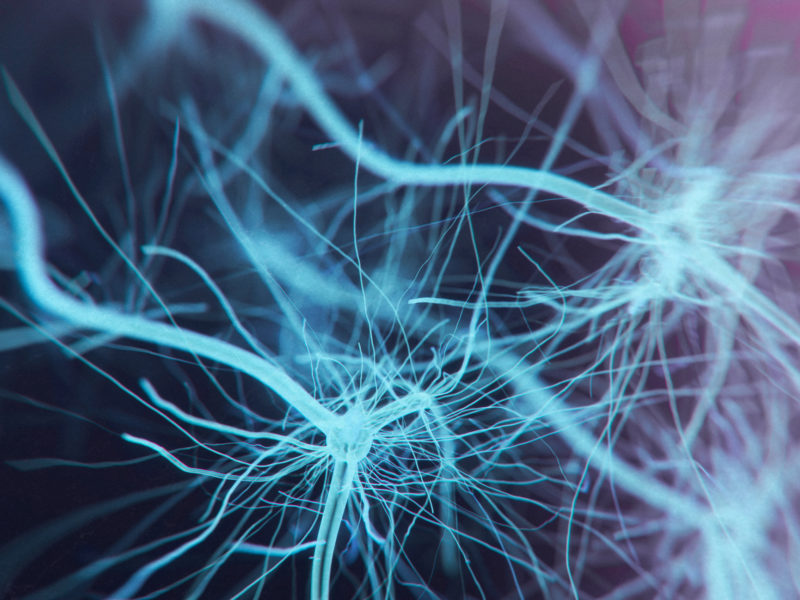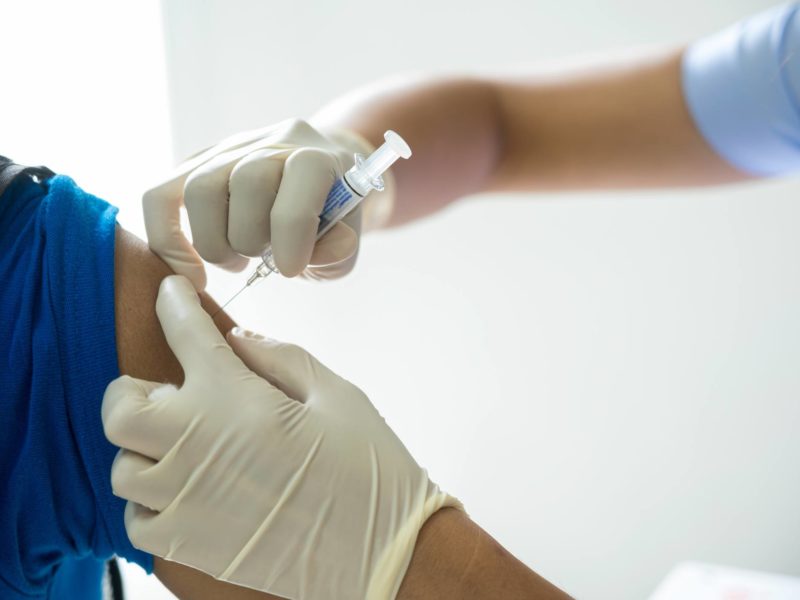Could This Be The Key To Lessening Cancer Severity In African-Americans?
 The burden of some cancers is greater on African-Americans than on Caucasian-Americans, according to the American Cancer Society, and research being conducted by three Texas A&M University students is examining the possibility that vitamin D deficiency may be, at least partially, to blame.
The burden of some cancers is greater on African-Americans than on Caucasian-Americans, according to the American Cancer Society, and research being conducted by three Texas A&M University students is examining the possibility that vitamin D deficiency may be, at least partially, to blame.
In “Individualized Medicine: Vitamin D’s Role in Cancer and Ethnicity-Based Medicine,” published in the fall 2015 issue of Explorations, Texas A&M’s undergraduate research journal, authors Ashley Stonecipher, Moinuddin Syed and Shilpa Varrier theorize that cancer severity in African-Americans is due, at least in part, to differences in DNA repair capacity associated with vitamin D deficiency.
“DNA repair capacity is the cell’s ability to repair damages to DNA strands that can occur due to chemical, environmental, age-related, racial, etc. factors,” says Stonecipher, a senior majoring in genetics. “A cell must be able to repair its DNA to maintain the stability and integrity of the genome [all of the DNA].”
 A well-documented link between DNA repair capacity and cancer aggression exists in the current literature, Stonecipher explains. And, she adds, previous research has shown DNA repair capacity to be linked to the concentration of Vitamin D in the blood.
A well-documented link between DNA repair capacity and cancer aggression exists in the current literature, Stonecipher explains. And, she adds, previous research has shown DNA repair capacity to be linked to the concentration of Vitamin D in the blood.
“One mechanism of Vitamin D production in humans occurs due to UV exposure on the skin,” Stonecipher notes. “Vitamin D deficiency in African-Americans is thought to be correlated to population movement from tropical zones, where there is more direct sunlight, to temperate zones with less direct sunlight. Populations of African origins have darker skin due to greater melanin expression and therefore may require more direct, intense sunlight to produce higher levels of Vitamin D.”
To test their theory, the researchers examined cell lines from African- and Caucasian-Americans, exposing them to chemotherapeutic drugs — to damage DNA — and then treating some of the cells with Vitamin D.
Stonecipher explains that when the cells are exposed to the drugs, they will cease development at a certain point called the S-phase; this is the point at which DNA is replicated. “Upon this damage, the cells will be prevented from continuing the cycle and stop replication. If a cell is arrested in S-phase, it is assumed that the cell is unable to repair as the drugs inflict a substantial amount of damage on the DNA.”
What the researchers observed was that in some cell lines, there were significant amounts of cells that were not stuck in the S-phase after treatment with drugs AND vitamin D.
“This could mean that vitamin D is necessary for DNA repair,” notes Stonecipher.
She says it’s important to note that these results are preliminary. “We can make no conclusive statements of how Vitamin D will be able to help African-Americans with the data we have,” she states, adding the researchers plan to use the information gained to continue on with other experiments.
“We intend to expand our research focus to discovering specific DNA repair pathways that differ between the two populations,” Stonecipher notes. “By identifying specific pathways, genes and other factors that may increase the risks of developing more severe cancer presentations, we hope to make it easier for physicians to diagnose and develop efficient prevention and treatment strategies for each unique patient.”
Read more about this project, as well as many other undergraduate research projects at Texas A&M, in Explorations at http://hur.tamu.edu/Explorations.
Media contact: Lesley Henton, Texas A&M Division of Marketing & Communications.





